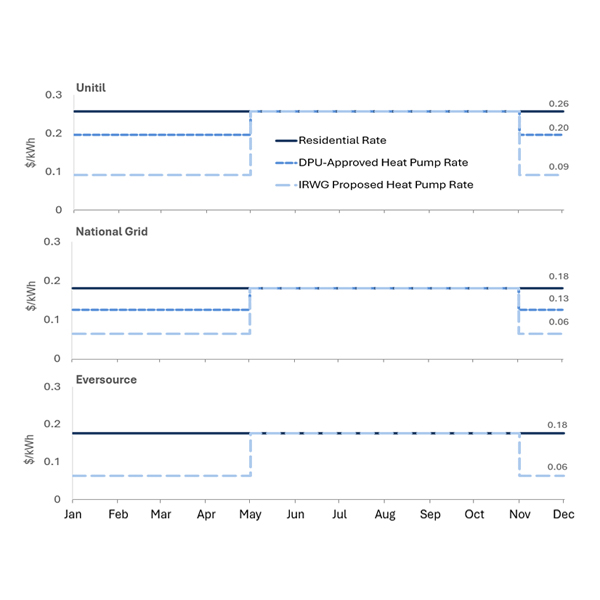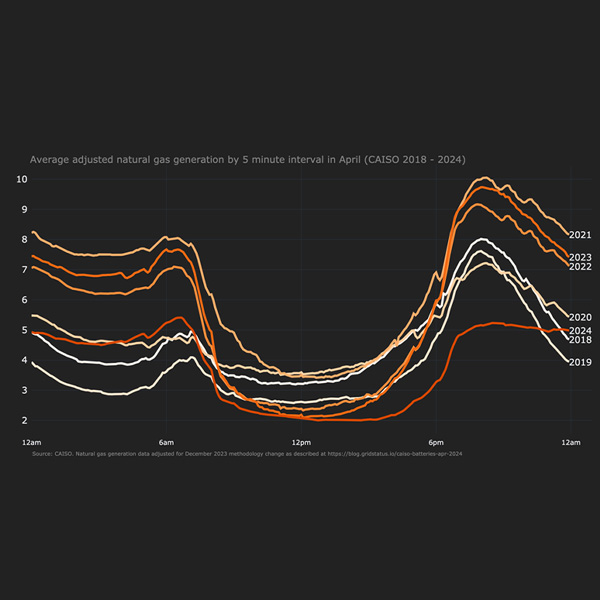State and Local Policy
AlabamaArizonaCaliforniaCA LegislationCalifornia Air Resources Board (CARB)California Energy Commission (CEC)California Public Utilities Commission (CPUC)ColoradoConnecticutDelawareDistrict of ColumbiaFloridaGeorgiaHawaiiIdahoIllinoisIndianaKentuckyLouisianaMaineMarylandMassachusettsMichiganMinnesotaMississippiMissouriMontanaNevadaNew HampshireNew JerseyNew MexicoNew YorkNYSERDAPublic Service CommissionNorth CarolinaNorth DakotaOhioOregonPennsylvaniaRhode IslandSouth CarolinaTennesseeTexasUtahVermontVirginiaWashingtonWest VirginiaWisconsinWyoming
The adoption of simple near-term rate reforms could help Massachusetts achieve its electrification goals while minimizing effects on ratepayers, an interagency working group concluded.
New Jersey in 2025 faces the added uncertainty of a likely contentious governor’s race to replace clean energy champion Gov. Phil Murphy and his release of a new energy master plan.
SMR manufacturer Last Energy and the attorneys general of Texas and Utah sued the NRC alleging it did not need to license smaller reactors and asking the court to remove that requirement so small reactors can expand around the country.
The direction FERC takes during President-elect Donald Trump’s second term is up in the air, but the commission may spend some of its time attempting to cut costs to consumers.
Answering the question isn’t easy, according to CAISO staff and other electric industry experts, who say that while batteries are having a notable impact, several factors complicate the narrative that they’re displacing gas on the grid.
Renewable energy industry analysts, representatives and environmental advocates say New York is in a better position than many others to make progress on its renewable energy goals during a second Trump administration.
Vineyard Offshore no longer plans to proceed with its bid for the 1,200-MW Vineyard Wind 2 project following Connecticut’s decision not to buy power from the project.
California regulators voted to keep the Aliso Canyon Natural Gas Storage Facility running, saying the site of a massive gas leak in 2015 remains necessary to maintain reliability and reasonable rates.
A New Jersey Assembly committee unanimously backed a two-year delay in the implementation of the state’s Advanced Clean Trucks regulations.
As he prepares to leave office, President Joe Biden has submitted a new U.S. emissions-reduction target to the U.N., committing the country to cutting its greenhouse gas emissions economywide by 61 to 66% below 2005 levels by 2035.
Want more? Advanced Search









